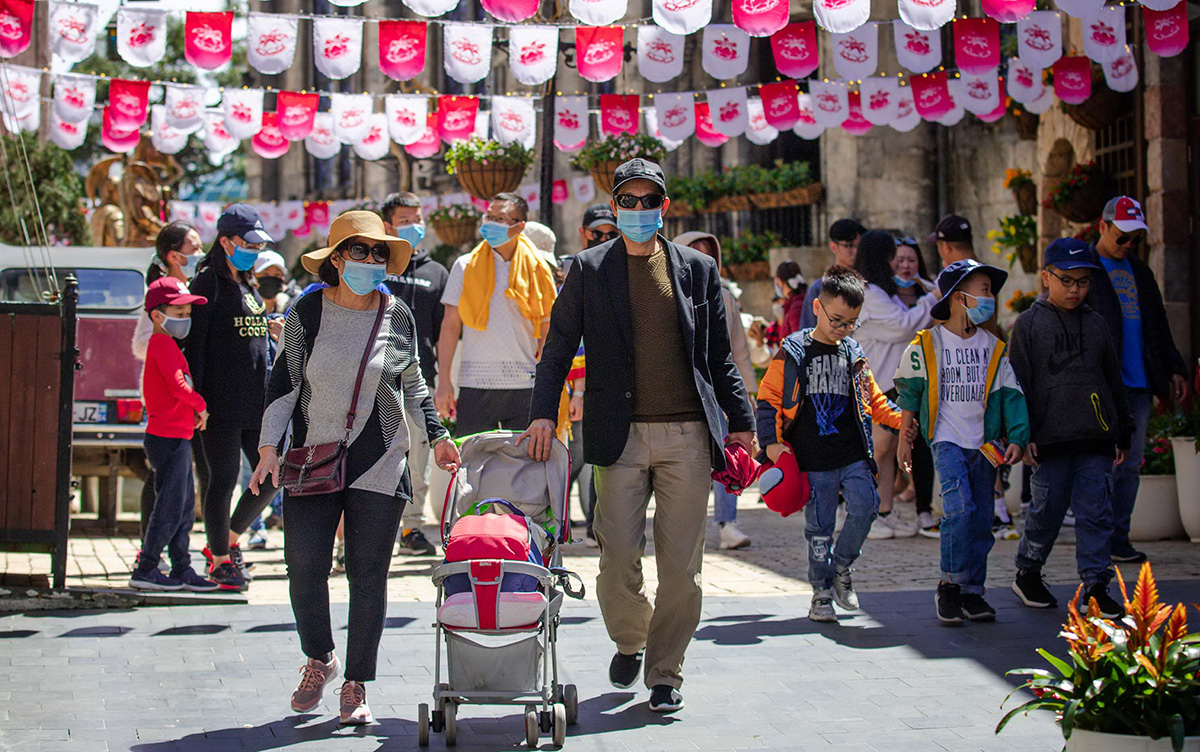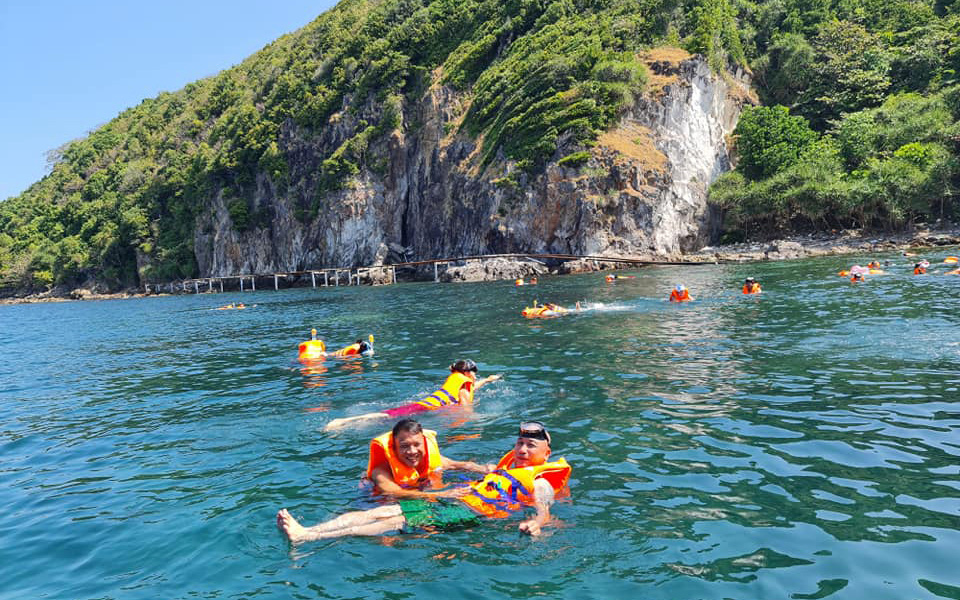American management consulting firm McKinsey said in a recently-published article that Vietnam’s tourism sector could recover by 2024 if domestic travel continues to grow and the country maintains its low infection rate.
According to McKinsey, Vietnam’s tourism sector relies heavily on international travel – a sector of the economy which took a dramatic plunge last year.
International flights to Vietam dropped 80 percent in October 2020 compared to the same time period a year earlier.
Meanwhile, hotels throughout the country only reached 30 percent occupancy.
The sharp drop in foreign travelers, who spend significantly more than their local counterparts, has had a tremendous impact on the tourism sector and Vietnam’s economy as a whole.
In 2019, a year in which the tourism industry accounted for 12 percent of the country’s GDP, international travelers made up just 17 percent of the total number of tourists in Vietnam, yet accounted for more than half of all tourism spending, with them spending an average of US$673 each compared to the $61 spent by each domestic traveler.
The sharp dive in revenues from tourism also stunted the country’s food and beverage and retail industries.
As a return to pre-COVID-19 levels of international tourism may be far off, the travel sector’s short-term revival could depend on local tourism, McKinsey said.
In 2019, Vietnamese tourists shelled out $15.5 billion, $5.9 billion of which was spent overseas.
Now, due to the pandemic, the majority of tourists are unable to leave the country and are therefore looking to scratch their travel itch with domestic vacations.
Travel companies should therefore rise to the occasion and capture value from this opportunity, McKinsey suggested.
On the other hand, the firm said that even with favorable tailwinds driven by domestic tourism, Vietnam will be dependent on international markets, which represent around $12 billion in spending.
The majority of Vietnam’s international tourists come from Asian countries, with those from China, Japan, South Korea, and Taiwan accounting for around 80 percent of the nation's foreign tourism spending.
Vietnam’s strong economic ties with these countries could lead to a relatively fast tourism-industry recovery compared with other key tourist destinations in Europe and North America.
The zero-case-first strategy the country has pursued since the start of the pandemic, as well as its association with markets in which COVID-19 transmission rates are low, has resulted in a relatively high rate of traveler confidence, at least on the domestic level.
With this approach, combined with Vietnam’s resilient local economy and proactive government campaigns, McKinsey believes that the country’s tourism sector could recover to pre-crisis levels by 2024.
Under this scenario, three paradigms – namely tourists’ shifts to high-end domestic trips, price cuts which are not sustainable for the long term, and international travel bubbles – must be explored with caution, according to the American firm.
|
|
| Visitors swim during a Hon Son - Nam Du - Phu Quoc Islands tour off Kien Giang Province, Vietnam, March 2021. Photo: Duc Hiep / Tuoi Tre |
Action plan
As travel companies reimagine their pathways to recovery, McKinsey said it is important to address the risks and anxieties related to COVID-19, while also solving the pain points and leveraging the trends that existed before the crisis.
It thus suggested six actions that could jump-start Vietnam’s tourism recovery, including:
-- A focus on domestic travelers: Revitalizing local demand by focusing on emerging destinations with joint cooperation from local governments, online travel agencies, attractions, hotels, and airlines. To further tap into domestic opportunities, operators must focus on affordability while striving to maintain high-quality products and experience.
-- The consideration of new pricing models to rebuild demand: Rebuilding demand and propelling volume through discounts and pre-sales should be key tactics during the early stages of recovery, especially for high-end operators that will not be able to tap into international demand for some time. Companies can also explore opportunities to bundle products, which can offer upselling and cross-selling opportunities, as well as diversify their revenue streams and enhance premium product and pricing.
-- The adoption of mobile and digital tools: Strategic collaborations, such as online travel agencies providing ticket-booking services via instant messaging and social media platforms, could offer an opportunity for increased market penetration. At the same time, travel companies should revamp their online touchpoints and experiences to improve customer experience. Furthermore, companies could also think about placing digital tools in new places within the customer's journey.
-- Laying the groundwork for inbound demand: Travel companies will need to be flexible and nimble in order to capture early international travel demand. They should be prepared to implement strict health and safety protocols that fulfill the stipulations of both domestic and destination security policies.
-- There should be a reinvention of the traveler’s experience beyond accommodations and tourism investments should be redistributed toward unconventional and more diverse destinations.
-- The reimagining of the government’s role in tourism: In the short term, the government and industry associations need to ensure the survival of operators. The government can experiment with new and sustainable financing options such as hotel revenue pooling, in which a subset of hotels operating at higher occupancy rates share revenue with others. In the midterm, government-backed digital and analytic transformation is necessary, especially to level the playing field for small and medium-sized enterprises, which made up more than 50 percent of travel suppliers in 2018. The government can play a vital role as a matchmaker, connecting suppliers to distributors and intermediaries to create packages attractive to a specific segment of tourists, and then use tourist engagement to provide further analytical insights for travel intermediaries. Governments and industry associations can also leverage the overall momentum of the country, as well as the expected return of international travel, to boost demand.
* This article is derived from the piece written by Margaux Constantin, a partner in McKinsey’s Dubai office, and Matthieu Francois, an associate partner in the Ho Chi Minh City office, where Thao Le is a consultant, as part of the management consulting firm’s series which discusses Vietnam’s post-COVID-19 economic recovery, its longer-term growth aspirations, and ways for ecosystem players to win in the Southeast Asian country.
Like us on Facebook or follow us on Twitter to get the latest news about Vietnam!




















































